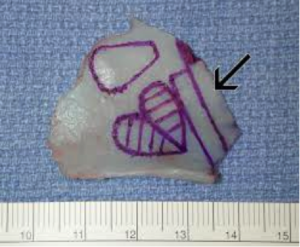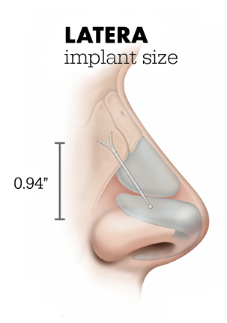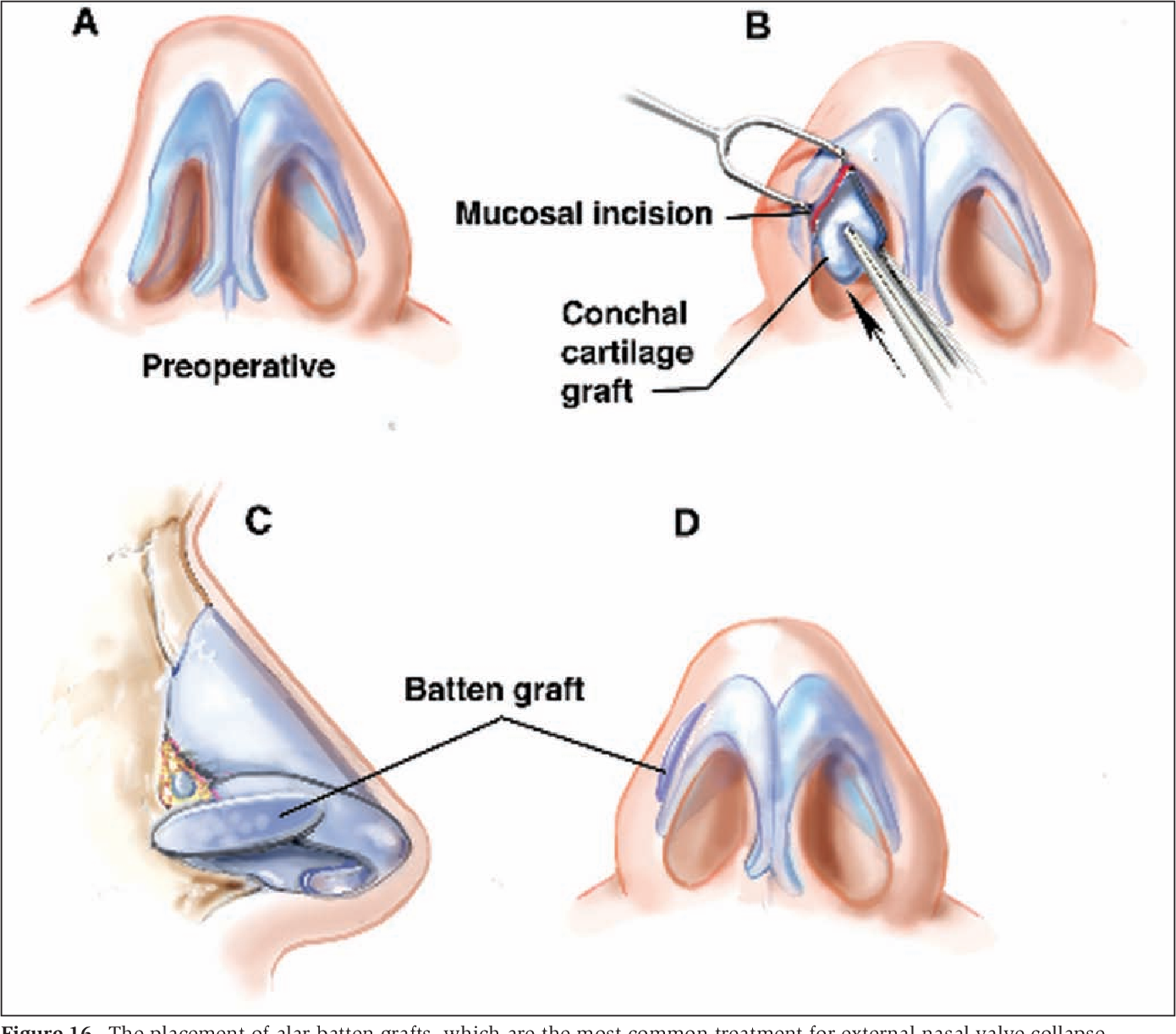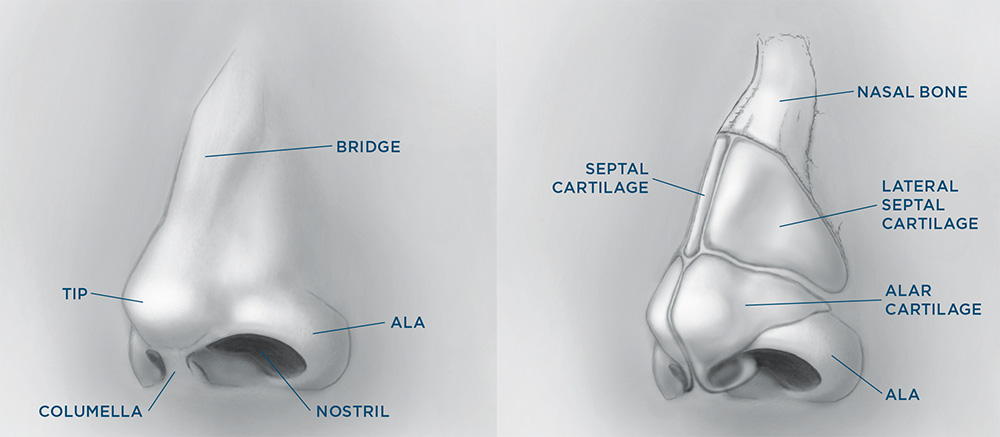What is the Nasal Valve?
The nasal valve is the thinnest part of the nasal passage that handles all of the airflow taken into the body through the nose. The valve actually consists of an internal and external component. Nasal valve collapse happens when the airway’s narrowest part becomes weakened and interferes with the flow of air through the nose and sinuses. An obstruction in this region can be dynamic in nature (occurring during inhalation) or fixed (all the time).
Nasal Valve Repair
Many people suffering from conditions such as headaches, congestion, sinus pressure, snoring and sleep apnea may not realize they could be experiencing these health issues due to a weakness in the nasal valves of their noses. This small area of the human body can be responsible for lowering the quality of life for individuals dealing with chronic stress from this type of breathing disorder. To compensate for this, many people use over-the-counter remedies such as Breathe-Right Strips or nasal stents to improve airflow.
What causes a nasal valve collapse?
- Previous nasal surgery
- Nasal trauma or fracture
- Congenital weakness of the nose
- Aging (the aging process naturally weakens the support of the nose)
What Goes Wrong?
Various causes can contribute to weakened or compromised nasal valves. Some children are born with a flawed nasal valve from a birth defect. In adults, aging and gravity can take their toll by a loss of ligament support. Additionally, a surgical procedure can result in a faulty nasal valve if, for example, more cartilage than necessary was removed during rhinoplasty surgery.
Occasionally, one may see an athlete sporting a strip across his nose to help with air intake during a game. It is possible that an injury to his nose forced the athlete to seek a way to temporarily aid his breathing. The sidewalls of his nostrils may actually collapse when he breathes making it necessary for him to use the adhesive strip to help hold his nostrils open. Other temporary means of improving one’s breathing include the use of nasal sprays, steroids or allergy medications, however, none of these offer a permanent solution and can lead to complications from side effects.

What Kind of Help is Available?
Impairments from defective nasal valves often cause cosmetic abnormalities to the outside of the nose. Because many patients with nasal valve defects also need reconstructive work on the external framework of their noses, it is common to elect to have surgery to correct both issues at the same time. The surgeon can rebuild the nose and often uses a cartilage graft for the necessary structural support.
Dr. Kapil Saigal's goal is to help patients find the relief they seek by bringing an end to chronic breathing problems while achieving pleasing and natural-looking results. This is accomplished with the most thorough and informative consultation possible, beginning with a discussion of the patient’s medical history and covering the patient’s expectations as well as the optimal surgical plan. It is important to Dr. Saigal that patients feel completely comfortable and thoroughly understand all options and procedures to be performed. In addition, Dr. Saigal and his staff work to ensure the speediest recovery possible with no compromises in safety.
Gallery
Surgical correction
The majority of patients who are diagnosed with nasal valve collapse elect for surgery to permanently correct their symptoms. Improving the structural support of the nostrils using cartilage grafting can decrease collapse.
During surgery, your doctor rebuilds your nose to give it more structural support. Most often, a cartilage graft called an alar batten is necessary to create this stability.
Most doctors and medical researchers agree that surgery is the most popular and effective treatment option for nasal valve collapse.
This procedure may be combined with more extensive reconstructive surgery on the external framework of the nose. Since nasal valve collapse can negatively affect your health, surgery to correct this condition is not considered elective or cosmetic. As a result, your insurance carrier is likely to cover the costs of surgery, leaving you with little to no out-of-pocket costs depending on your individual policy.

Nasal Valve Graft

Latera Nasal Implant

Alar Batten Graft

Cartilage Graft


